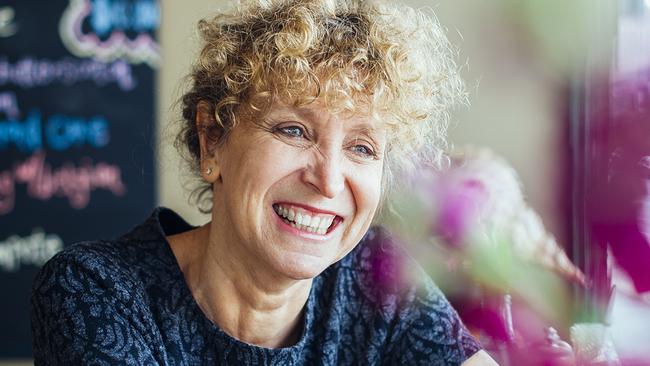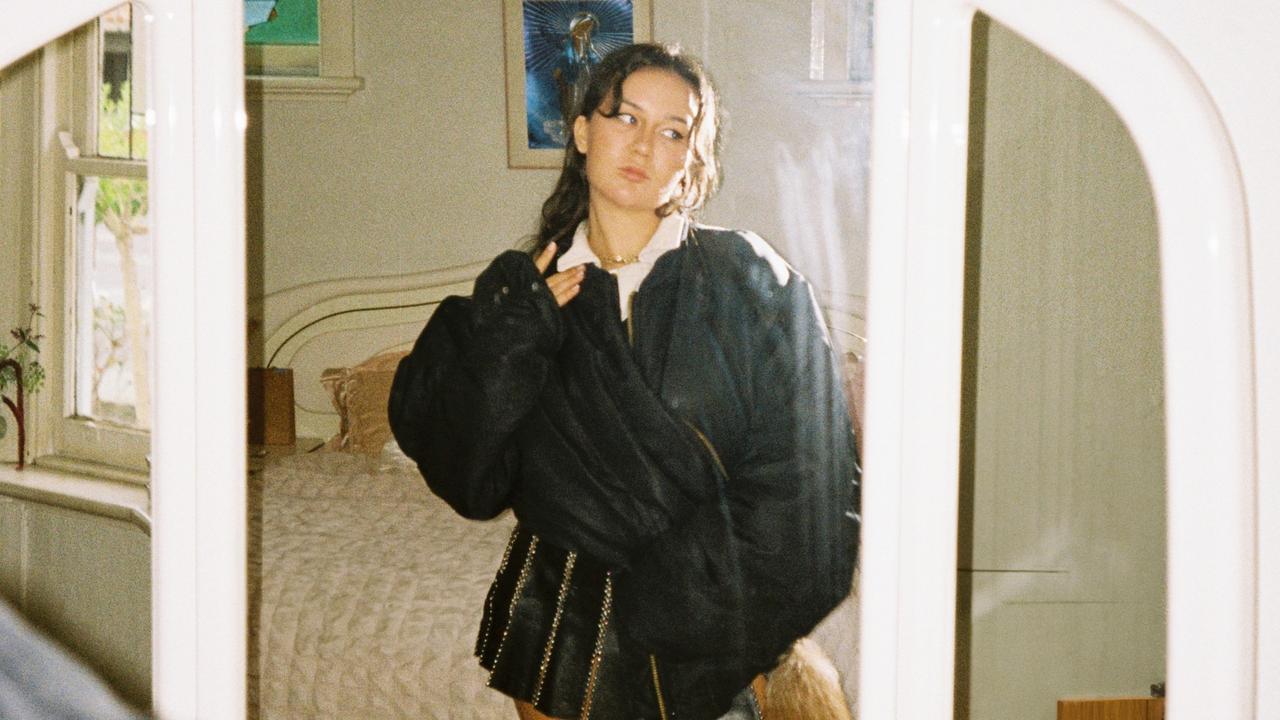Death, dying and euthanasia: the taboos tackled by doctor Leah Kaminsky
Family doctor Leah Kaminsky’s fear of death spurred her to write a book on the subject.

Death anxiety is a distinctly human trait, for our species alone is aware of mortality and the finite nature of lives. This fact is reflected in popular culture: consider the bucket list, a set of objectives terminally ill individuals attempt to fulfil when they know their time on this planet is limited, as if that wasn’t always the case from the moment they were born.
You are aware of this, too, even if your impending death is not on your mind every waking moment. Your ultimate deadline is growing nearer with each passing second, as your eyes pass across these words, having chosen to invest a few precious minutes in reading a newspaper review of a book about the last thing each of us will ever do.
As a family doctor, Leah Kaminsky has heard many of her patients’ bucket lists. For her, writing this wonderful and thoughtful book was a step towards staring down her own death anxiety. “I hoped that by putting pen to paper I would arrive at some sort of comfort zone, free from fear, having peeled off a protective skin layered with the debris of the past, of the ghosts I carry, of the many patients I have cared for, laughed with and fought for over the years,” she writes.
With We’re All Going to Die, Kaminsky establishes herself alongside Karen Hitchcock, another popular Australian doctor-writer who has managed to bridge the gap between the medical profession and laypeople by putting into words her experiences of caring for the rest of us. It is important work, for we rely on people such as Kaminsky and Hitchcock when things go wrong with our bodies and our minds, and it is to our benefit that both women are skilled and empathetic writers, too.
This book is split into a dozen chapters that focus on different aspects of our relationship with dying, such as child mortality, health anxiety, near-death experiences, living with loss, and exploring the idea of a ‘‘good death’’. Throughout these demarcations, Kaminsky liberally sprinkles in some of her own story and professional journey, beginning with this opening sentence: “Ever since I can remember I have harboured a profound fear of death.”
Her first brush with it was when an uncle died just after Kaminsky had turned 13. She wonders whether this spurred her toward a career in medicine. The ghost of her mother sits permanently in the corner of her office, “chain-smoking and telling me I should have been a lawyer”. Halfway through the book, the author reveals that her depression-prone mother overdosed on medication, choosing to end her life after her children had become young adults and left the nest.
The scars of this act have run deep through Kaminsky’s life. “It has taken me thirty years to let these words spill out on to the blank page, calling her suicide a choice, reframing her farewell as an act of defiance, a final rude finger held up to Death.” Though the topics of euthanasia and assisted dying are at last moving from the fringes of taboo towards the centre of the national conversation, words such as these are still challenging and confronting to read.
This chapter on living with loss is one of the book’s longest and most affecting, paired as it is with the notion of ‘‘transition objects’’ such as her daughter’s plush toy rabbit, Bun. Kaminsky’s daughter is now a young woman, but “Sometimes when she’s out, I tiptoe into her room and hold Bun close to my heart, breathing in his faded smell as I greedily try to recapture the past.”
The author, who published her debut novel, The Waiting Room, last year, has a deft touch with her pen, striking a dual pose of authority and warmth. The prose here crackles with energy, insight and imagery: “Each hour I lie awake, flipping from side to side like a fish dragged out of the safety of its watery home, I am an hour closer to my death.” Or: “Death has become a sterilised commodity, with most of us dying in intensive care units, the beep of the ECG machine playing us its farewell hymn.” Or: “I might have died in childbirth, a bloated whale washed up on the bloody shores of a prolonged and difficult labour.”
The challenge with a book such as We’re All Going to Die is how to draw together all of these loose, interrelated threads into a neat conclusion — or at least as neat a conclusion as can be fashioned from such a messy, emotional and difficult subject. Having put pen to paper in an attempt to stare down her death anxiety, Kaminsky’s decision on where to remove the pen from the page is a suitably poignant one. I’d say more about this final scene, but then, what good is life without surprises?
Andrew McMillen is a Brisbane-based author and freelance journalist. His second book, Skeleton School: Dissecting the Gift of Body Donation, will be published in September.
We’re All Going to Die
By Leah Kaminsky
HarperCollins, 294pp, $27.99



